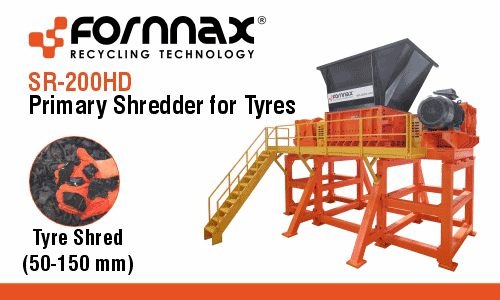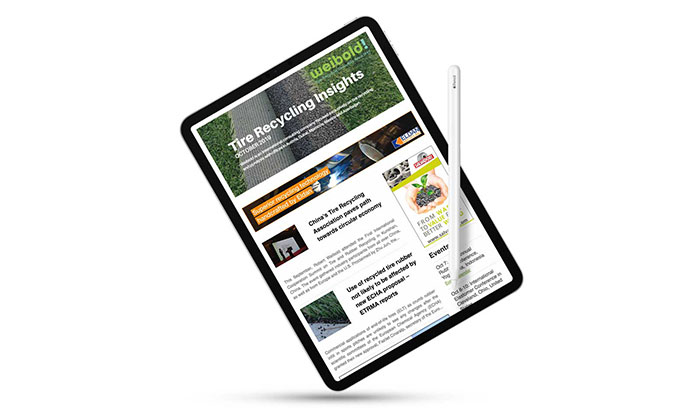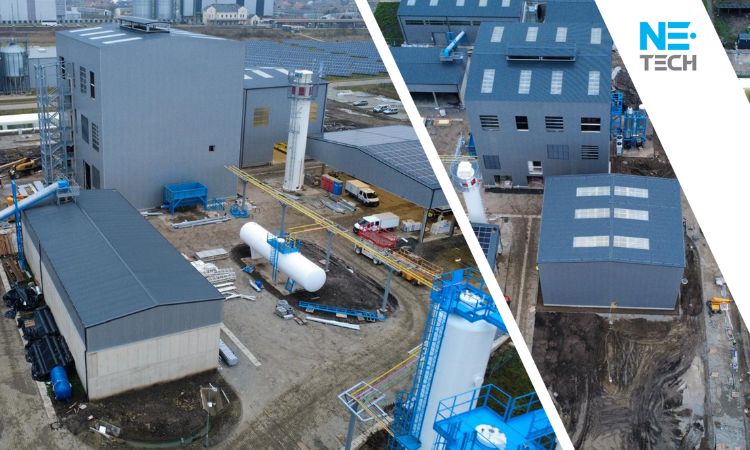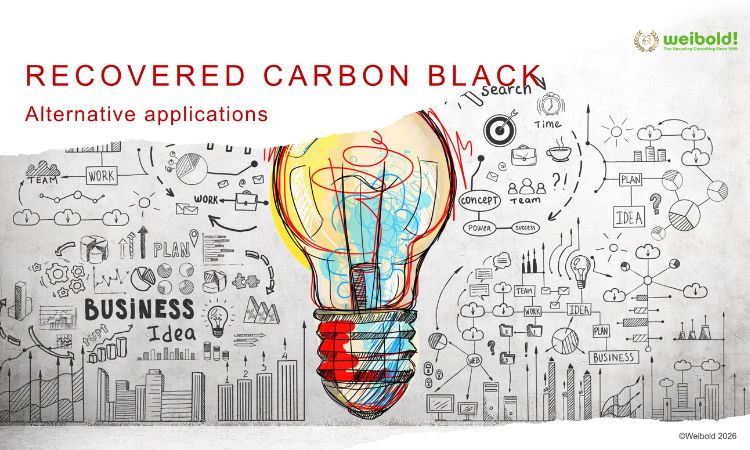India expands EPR Scheme to include end-of-life tire management rules
Upon being published in the Official Gazette, these regulations shall take legal effect. There will be a sub-rule added to the 2016 Hazardous and Other Wastes (Management and Transboundary Movement) Amendment Rules to address end-of-life tire management.
In accordance with the Environment Protection Act of 1986 and the Environment (Protection) Rules of 1986, the Indian Ministry of Environment, Forest, and Climate Change has published the EPR Rules known as the Hazardous and Other Wastes (Management and Transboundary Movement) Amendment Rules 2022.
It should be highlighted that any organization that imports used tire waste qualifies as a "producer" under the new EPR scheme. The EPR reporting requirements and fines must be complied with by all importers of ELT.
Recycling is defined as any procedure or action that transforms used tires into the aforementioned final products in an environmentally responsible manner and with the facilities detailed in the Standard Operating Procedures or Guidelines as established by the Central Pollution Control Board, namely;
- Reclaimed rubber;
- Crumb rubber;
- Crumb rubber modified bitumen
- Recovered carbon black, which is usable as raw material for the manufacture of new tires;
- Pyrolysis oil or Char, which is only used as a fuel and not as a raw material for the manufacturing of new tires.
Manufacturers and importers of new tires will have an EPR obligation that will begin at 35% in 2022–2023 and increase to 100% by 2024–2025. It's interesting to note that from the first day of operation, units beginning operations after 1 April 2022 must fully comply with all obligations.
The import of tires for the purpose of manufacturing pyrolysis oil or char is prohibited, and waste tire importers will be required to meet 100% of their imports in the first year. It will be interesting to learn how that specific rule is monitored and applied.
Weibold is an international consulting company specializing exclusively in end-of-life tire recycling and pyrolysis. Since 1999, we have helped companies grow and build profitable businesses.









